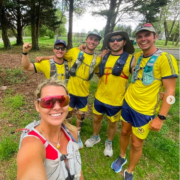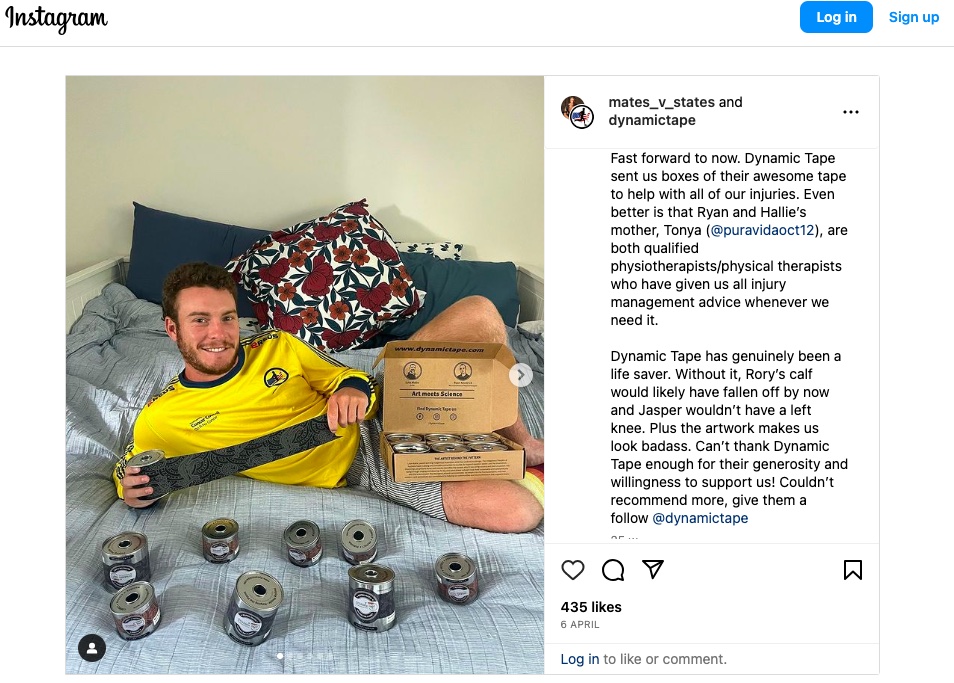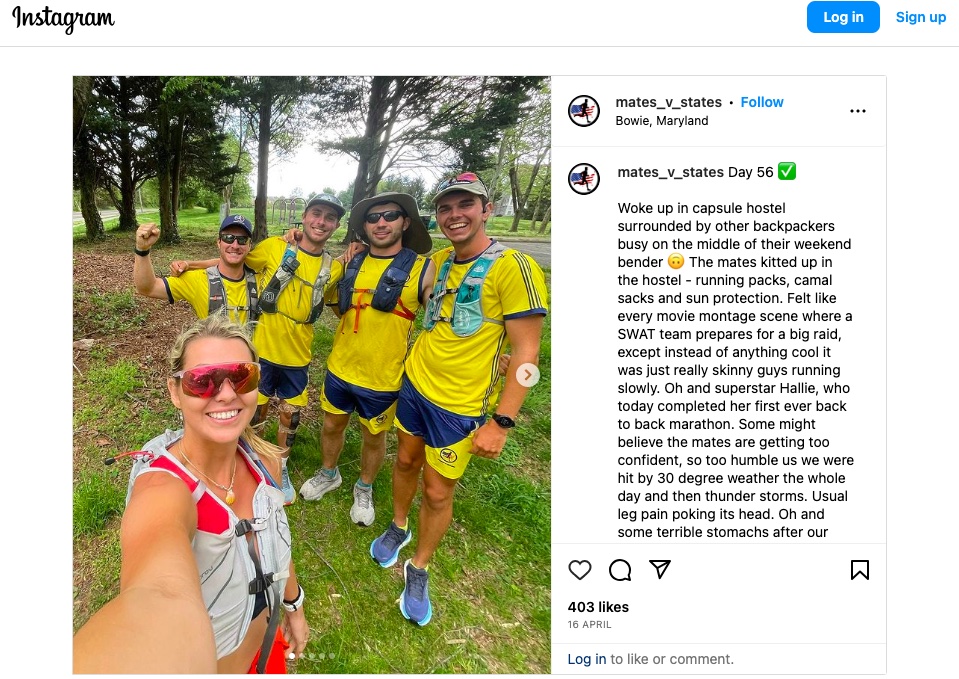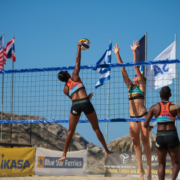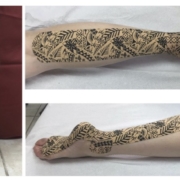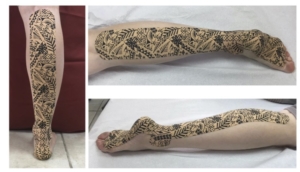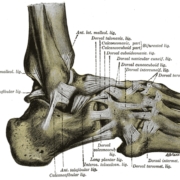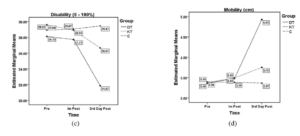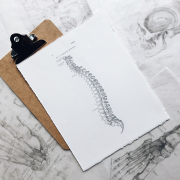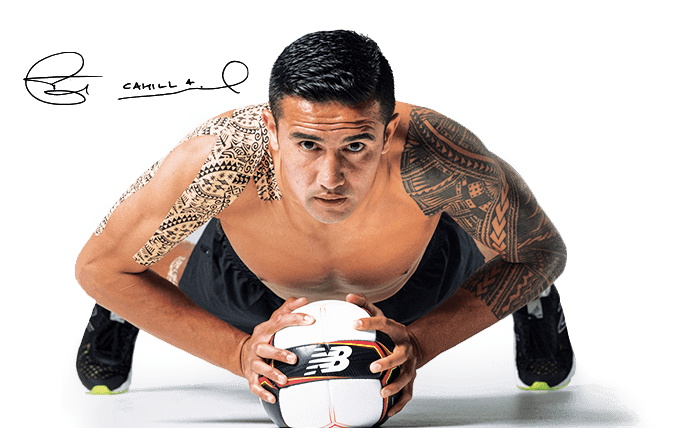80 marathons in 79 days raising over $200,000 for cancer research
We are constantly inspired by people’s achievements. The dedication and persistence to set ambitious goals, to meet challenges head on, and to emerge triumphant on the other side is worthy of everyone’s praise and respect. Oftentimes it awakens our own passion to achieve something remarkable and it demonstrates what we are truly capable of if we put our mind (and body) to it.
But every now and then, the goals are so ambitious that we can generally only admire from afar and in some cases, provide just a little bit of aid to help people reach their goals. This was the case recently when four, young Aussie blokes whose lives have all been impacted by cancer, took on the monumental challenge of running 80 marathons in 80 days, from Florida to Canada.
We got a call after Doctor of Physical Therapy student, Hallie whose own battles with a broken femur from a football injury had been helped with Dynamic Tape Global had just completed the day 23 marathon with Jasper, Rory, Max and Sean, noting that the constantly loading was taking its toll with some aches and pains beginning to emerge.
Dynamic Tape Global was able to quickly get some tape to the ‘mates’ and support them through the remainder of their journey that had them appearing on morning television, being invited into the homes of generous strangers, and learning of other people’s battles with cancer on the roadside or in local convenience stores. One incredible life changing experience after another broadcast to those following on Instagram, inspiring and entertaining us all.
And rubbing shoulders with Australian politicians in New York on Anzac Day, shown here with former Prime Minister, Malcolm Turnbull.
The mates stated “Dynamic Tape Global has genuinely been a life saver. Without it, Rory’s calf would have likely fallen off by now and Jasper wouldn’t have a left knee”.
Day 56 and Hallie rejoined the mates to run back to back marathons, an incredible achievement in itself.
Fast forward to Day 72 and Jasper’s knee is hanging in there with the help of Dynamic Tape Global, ready for the final push – just 8 marathons to go!
And they made it – 80 marathons in 79 days and over $200,000 raised for cancer research.
But as any dedicated runner knows, there is always a next event and Hallie recently touched base to say:
Jasper firmly believes it played a crucial role in aiding him during the run and wouldn’t go a day without it. I had the pleasure of reuniting with him in Switzerland, where we successfully completed the TMB, a challenging 170 km trail. Naturally, we made sure to have Dynamic Tape Global on hand, just in case!
Thanks for letting us be a part of your journey and for the fantastic work that you have done. Until next time, keep running!

